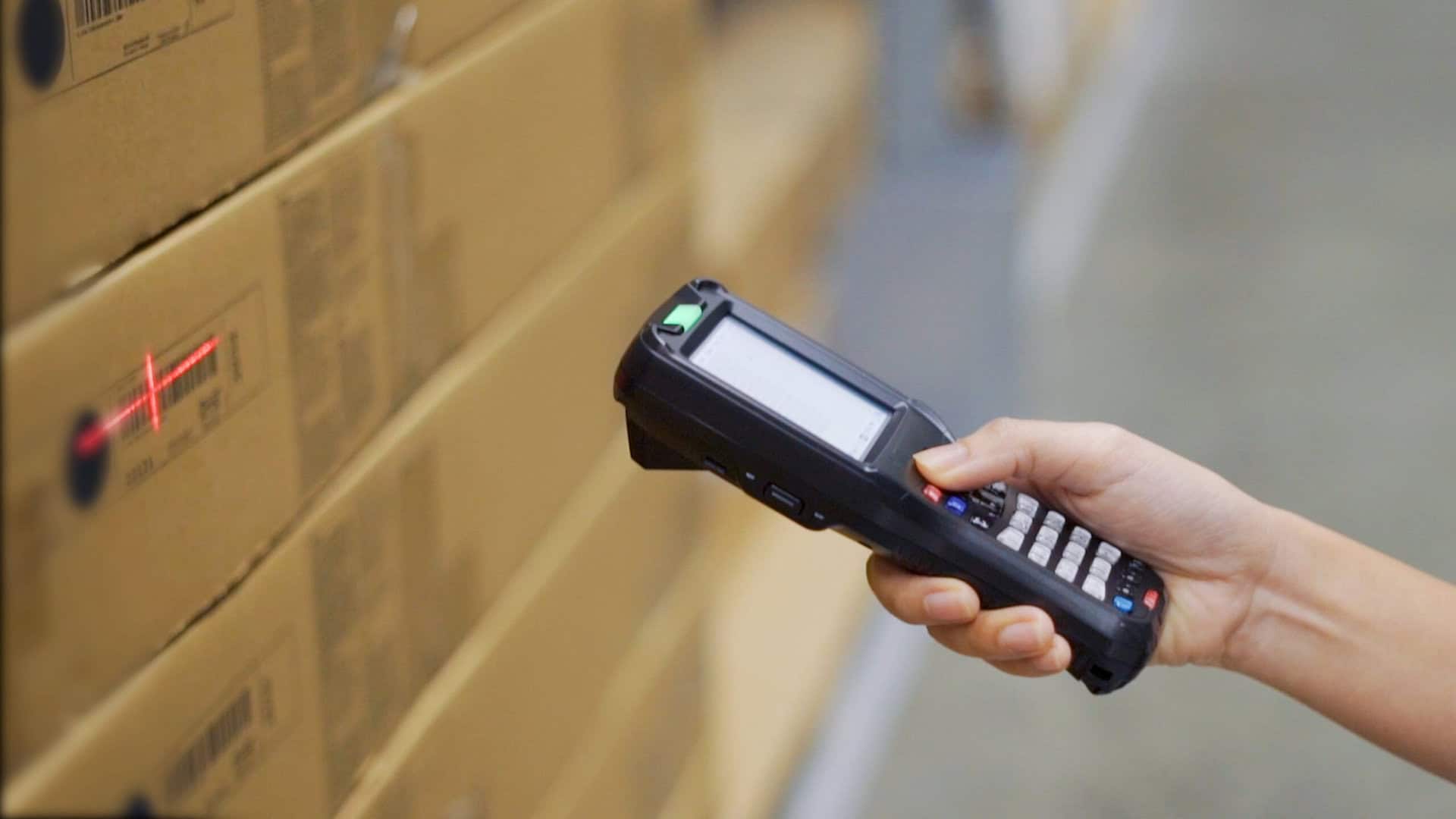Partner Blog
by: Christine Weber / Zebra
THE NEED TO PRIORITIZE PATIENT SAFETY, COUPLED WITH THE SIMPLICITY OF A BARCODE SCAN, MAKE WRISTBANDS THE IDEAL TOOL FOR PATIENT VERIFICATION AND REPORTING.
Did you know that Zebra just sold its 3 billionth wristband? That’s equivalent to over a third of the world’s population. Of course, that’s not to say that many people have worn a Zebra wristband, but it does put into perspective the significance of this number!
If you recall from a blog post I wrote in 2019, it took Zebra approximately 20 years to sell our first billion wristbands (1995-2015). It took just three more years to reach two billion (2016-2018). Now, less than three years later, we’re celebrating yet another huge milestone.
Though some wonder what’s changed – what’s accelerating this growth so suddenly and rapidly – I’m not necessarily shocked by the growing popularity of both laser and thermal wristbands.
Healthcare providers must be able to positively confirm a patient’s identification before tests, medications and even vaccines are administered. Yet, it’s not efficient to ask people to pull out a driver’s license or ID card every time they speak with a new clinical team member, and there are many instances in which a person is unable to communicate personal information. Plus, COVID-19 has catapulted us into a contactless world where it’s no longer best practice to handoff ID cards. And anyone who has ever tried to read the tiny print on a patient’s ID card from six feet away knows that it’s almost impossible, even for those with perfect vision. This is where RFID technology can provide a secure, contactless, and efficient way to verify patient identity.
Wristbands help to speed things up in time-sensitive patient care environments and can mitigate costly mistakes from occurring in the process. In fact, I wouldn’t be surprised if we see wristband usage skyrocket in the next year as COVID-19 vaccination efforts expand, especially in non-traditional healthcare environments.
Retail pharmacies, stores and sports arenas are all hosting mass vaccination clinics. Yet, these aren’t places that typically worry about positive patient identification (PPID), updating electronic health records or healthcare billing – at least not on the scale demanded from COVID-19 vaccine distributions. Processing tens of thousands of appointments a week also presents logistical challenges and increases the risk of oversights and mistakes related to PPID and patient data capture.
Wristbands can help mitigate many of these issues and streamline the whole process, to the benefit of patients, providers and other staff.
HOW BARCODED WRISTBANDS CAN HELP DELIVER A BETTER COVID-19 VACCINATION EXPERIENCE
Giving each person a barcoded wristband upon check-in for a COVID-19 vaccination appointment will enable other team members to verify identities and capture or report data associated with each individual at each station, from a safe distance, within seconds, especially when paired with mobile device management solutions that ensure secure and efficient handling of information across devices.
In addition to improving patient safety, wristbands will enable you to better track patients’ journeys through your facility. Digital timestamps can help you see the speed at which each action was executed – and how long people had to wait – so that you can identify and address potential bottlenecks through process refinements and training.
If you opt to use wristbands, just make sure you have the right printers at the check-in area, with extras nearby. You should also use a purpose-built wristband solution to mitigate any issues with print capabilities or barcode quality. The last thing you want to do is send a patient along without a way for other team members to quickly verify identity, especially if it’s a large-scale operation. And you certainly don’t want anyone defaulting to manual data capture or wristband creation methods. Many of our healthcare customers use the ZD510-HC printer with the Z-Band wristband because of the consistent high quality of the combined solution. We also offer a LaserBand option, which features hand-selected materials that have been tested to ensure jamming instances are reduced.
Of course, the best way to mitigate the risk of printer downtime is to properly train staff, as operator error tends to be the leading cause of reported issues. However, I know training is not always possible given the volume of transient vaccination teams. So, have plug-and-play backup devices – always.
If you’d be interested in learning more about how wristbands could be used to support your COVID-19 vaccination efforts – or just want guidance on which wristband and printing solutions are best for other PPID applications in hospitals, clinics and labs – feel free to reach out to my team here. There are also resources available on Zebra website.
###


